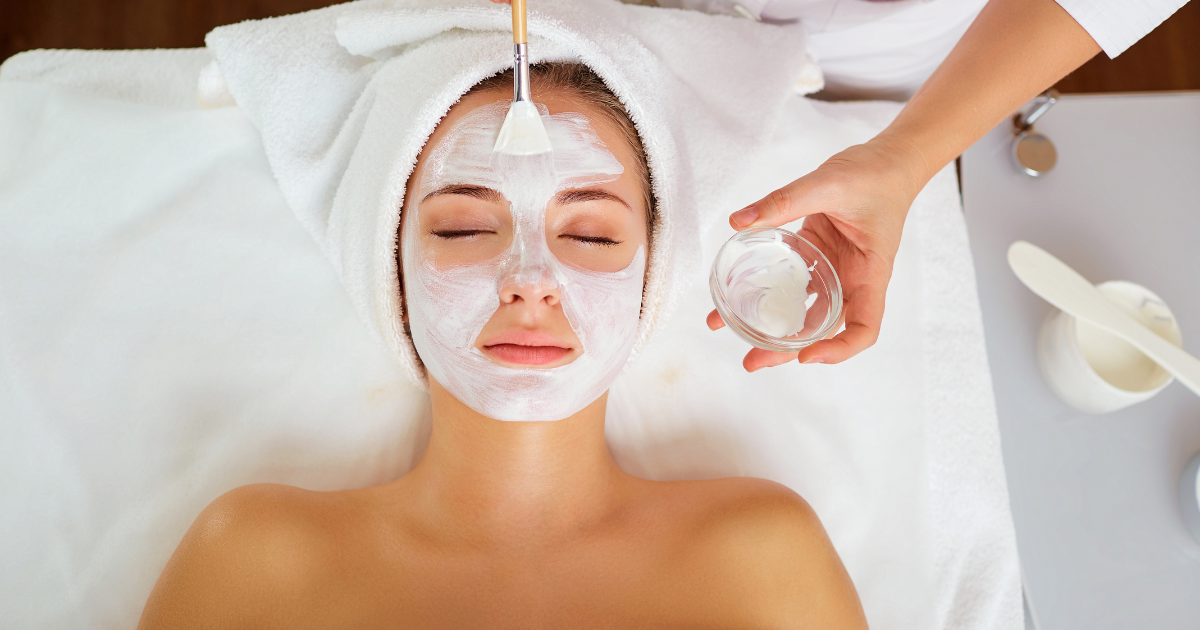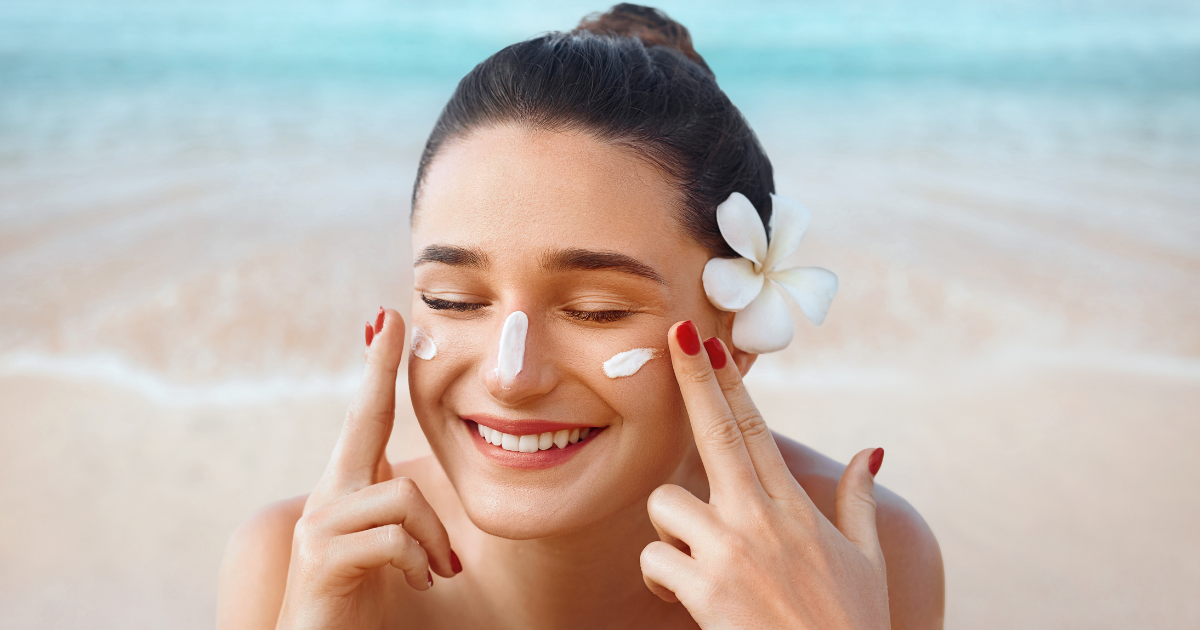How Long After Botox Can You Get a Facial?
Botox is a minimally invasive treatment that reduces wrinkles and fine lines, giving the skin a smoother, more youthful appearance. However, if you’re considering a facial after Botox, timing is crucial. Getting a facial too soon can disrupt your Botox results and affect the longevity of your treatment.
So, how long should you wait to get a facial after Botox? Most experts recommend waiting at least two weeks before scheduling a facial. This ensures the Botox has settled properly and prevents unintended migration of the injected product.
In this guide, we’ll explain why timing matters, which facials are safe after Botox, and how to protect your results for beautiful, long-lasting skin.
Why You Should Wait to Get a Facial After Botox
After Botox injections, it takes time for the product to fully settle into the targeted muscles. Getting a facial too soon can interfere with results, potentially causing uneven effects, reduced longevity, or skin irritation.
Botox and facial treatments can be effectively combined to enhance skin texture and hydration, but timing and professional care are crucial.
Rushing into a facial too soon can interfere with this process in several ways:
Excessive Pressure
Many facials involve rubbing, kneading, or pressing the skin. While these techniques are great for circulation, they can move Botox away from the intended area, leading to asymmetry or unexpected muscle relaxation.
For example:
Forehead Botox could shift downward, affecting the eyebrows or eyelids.
Crow’s feet treatment could spread, altering eye movements.
To protect your results, we recommend avoiding facial massage and excessive pressure on treated areas for at least two weeks after Botox.
Increased Blood Flow
Facial treatments that include deep cleansing, extractions, steaming, or vigorous massage increase circulation to the skin. While this is typically beneficial, increased blood flow may cause Botox to break down faster, reducing how long your results last.
To get the most from your treatment, we suggest skipping high-heat facials, saunas, and intense workouts for the first 24-48 hours. This allows the Botox to fully settle in place.
Skin Irritation
Some facials use chemical peels, microdermabrasion, or strong exfoliants to remove dead skin cells and improve texture. However, recently treated areas can be extra sensitive, leading to redness, irritation, or even prolonged swelling.
To keep your skin calm and healthy:
Wait at least two weeks before any chemical peels or exfoliation.
Choose gentle, hydrating facials instead.
Avoid strong active ingredients (like retinol or glycolic acid) until your skin fully recovers.
Best Facial Treatments After Botox: What’s Safe & What to Avoid
Not all facials are the same—some can enhance your Botox results, while others may interfere with your treatment. Here’s what to consider:
Safe Facial Treatments After Botox
After the two-week waiting period, opt for facials that nourish and hydrate the skin without excessive pressure.
Here are some good options:
Hydrating Facials - Replenish moisture and promote skin barrier repair.
LED Light Therapy - Reduces redness and inflammation without affecting Botox placement.
Oxygen Facials - Improve skin texture and radiance with a gentle, non-invasive boost.
These facials are gentle, non-invasive, and designed to support skin health without interfering with your Botox results.
Hydrating facials help replenish moisture levels, strengthening the skin barrier and preventing dryness that can sometimes occur after Botox. LED light therapy is an excellent option for reducing redness and inflammation, as it soothes the skin without applying pressure or affecting the placement of Botox. Oxygen facials offer a refreshing boost by improving skin texture and radiance without the need for aggressive exfoliation or deep massage.
To maximize your results, it’s safest to choose these skin-nourishing treatments after the initial two-week waiting period.
Facials to Avoid After Botox
Some treatments should be avoided for at least a month post-Botox to prevent complications:
Deep Exfoliation (Chemical Peels, Microdermabrasion) - Can irritate the injection site and cause inflammation.
Facial Massage - Vigorous massage can alter Botox placement, leading to uneven results.
Steam Facials or Heat-Based Treatments - Heat can increase blood flow, potentially breaking down Botox faster.
These treatments can negatively impact your Botox results by interfering with how the product settles in your muscles.
Deep exfoliation, such as chemical peels and microdermabrasion, can make the skin more sensitive, causing redness, irritation, or prolonged swelling at the injection site. Facial massage, while great for circulation under normal circumstances, can shift Botox away from the targeted area, leading to uneven effects or unintended muscle relaxation. Additionally, heat-based facials and steam treatments can increase blood flow, potentially breaking down Botox faster and shortening the duration of your results.
To protect your results, we recommend waiting at least two weeks before undergoing any facial treatments that involve exfoliation, deep massage, or heat exposure. Instead, opt for hydrating and soothing facials that support skin health without disrupting your Botox.
How to Protect Your Botox Results
Proper aftercare is essential for maintaining smooth, youthful skin after Botox. Here’s how to care for your skin post-treatment:
1. Avoid Touching or Rubbing the Treated Areas
For the first 24-48 hours, avoid rubbing, pressing, or massaging your face, especially around frown lines, to prevent Botox from shifting to unintended areas.
2. Use Gentle, Hydrating Skincare Products
Stick to mild cleansers, hydrating serums, and fragrance-free moisturizers. Ingredients like hyaluronic acid and ceramides help maintain hydration and support skin repair.
3. Wear Sunscreen Daily
Unprotected sun exposure can accelerate skin aging and may reduce the longevity of Botox. Apply a broad-spectrum SPF 30+ daily to protect your results.
4. Avoid Vigorous Exercise for 24 Hours
Exercise increases blood circulation and sweating, which may interfere with Botox absorption. Wait at least a day before resuming intense workouts.
When to Seek Professional Advice
While Botox is generally safe, certain signs may indicate a reaction or improper Botox placement. Contact a dermatologist or Botox provider if you experience:
Severe swelling, redness, or pain at the injection site.
Uneven facial movements or drooping that persists beyond a few days.
Skin irritation, rash, or prolonged bruising.
A professional can assess your symptoms and provide the best course of action.
Get the Best Results from Your Botox & Facial Treatments
Botox and facials can work together to enhance your skin’s health and appearance, but timing is everything. Waiting at least two weeks before getting a facial ensures your Botox treatment settles properly and delivers the best possible results.
For personalized advice, consult a licensed skincare professional to create a treatment plan tailored to your aesthetic goals.
If you want to maintain flawless, youthful skin, contact us today to schedule a skincare consultation and get expert recommendations for Botox-friendly facials!
Frequently Asked Questions
Can I schedule a facial immediately after Botox?
It’s recommended to wait at least two weeks after Botox to ensure the treatment settles properly and to avoid disrupting its effects.
What types of facials are safe after Botox?
Opt for non-invasive facials, such as hydrating or gentle exfoliation treatments, to maintain the integrity of your Botox results.
How does Botox enhance facial treatments?
Botox reduces muscle activity, smoothing wrinkles and creating a more youthful appearance, which complements the rejuvenating effects of facials.
Combining Botox with facial rejuvenation treatments can provide both psychological and aesthetic benefits, creating a comprehensive approach to skincare and facial appearance.
Are there risks to combining Botox and facials?
Aggressive massage or deep exfoliation during a facial can displace Botox, so it’s essential to choose a skilled professional and communicate your recent treatment.
Should I consult a professional before getting a facial post-Botox?
Yes, always consult a licensed skincare expert to ensure your facial aligns with your Botox treatment and skin care goals.
Can facials improve the longevity of Botox results?
While facials can enhance skin health, they don’t directly extend Botox effects. Proper skincare, like using SPF, helps maintain overall results.
What should I avoid in a facial after Botox?
Avoid treatments involving intense pressure, heat, or deep exfoliation, as these can interfere with Botox placement and effectiveness.
How soon can I resume my regular skincare routine after Botox?
You can typically resume gentle skincare routines immediately, but avoid harsh products or vigorous rubbing for at least 24 hours.
Can I combine Botox with collagen-boosting facials?
Combining Botox with collagen-stimulating facials and other skin treatments can enhance skin texture and firmness, providing a more comprehensive rejuvenation effect.
What’s the best way to prepare for a facial after Botox?
Inform your esthetician about your recent Botox treatment, and ensure they use gentle techniques to protect your results.




